📈 Economic Inequality: Essential Concepts for Reading Comprehension
Economic inequality refers to the uneven distribution of income, wealth, and resources within a society or between nations. It is a central issue in discussions about social justice, economic growth, and policy-making. RC passages on economic inequality often explore its causes, consequences, and potential solutions. Understanding these concepts enables readers to critically analyze arguments surrounding fairness, opportunity, and economic systems.
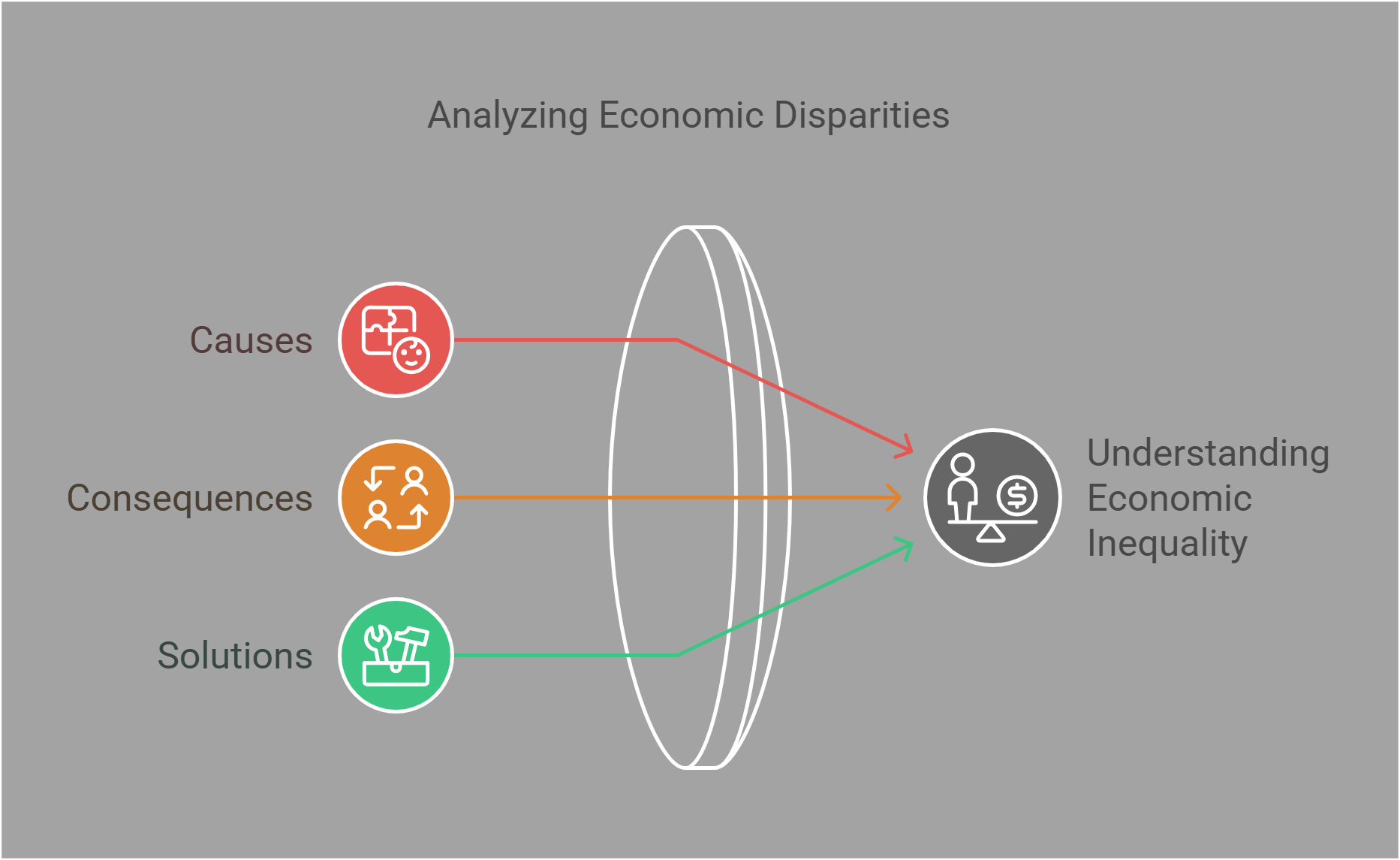
📋 Overview
This guide will explore the following essential economic inequality concepts:
- Definition and Types of Economic Inequality
- Causes of Economic Inequality
- Measuring Economic Inequality
- Income Inequality vs. Wealth Inequality
- Role of Education in Economic Inequality
- Gender and Racial Inequality
- Economic Mobility
- Consequences of Economic Inequality
- Policies to Address Economic Inequality
- Global Economic Inequality
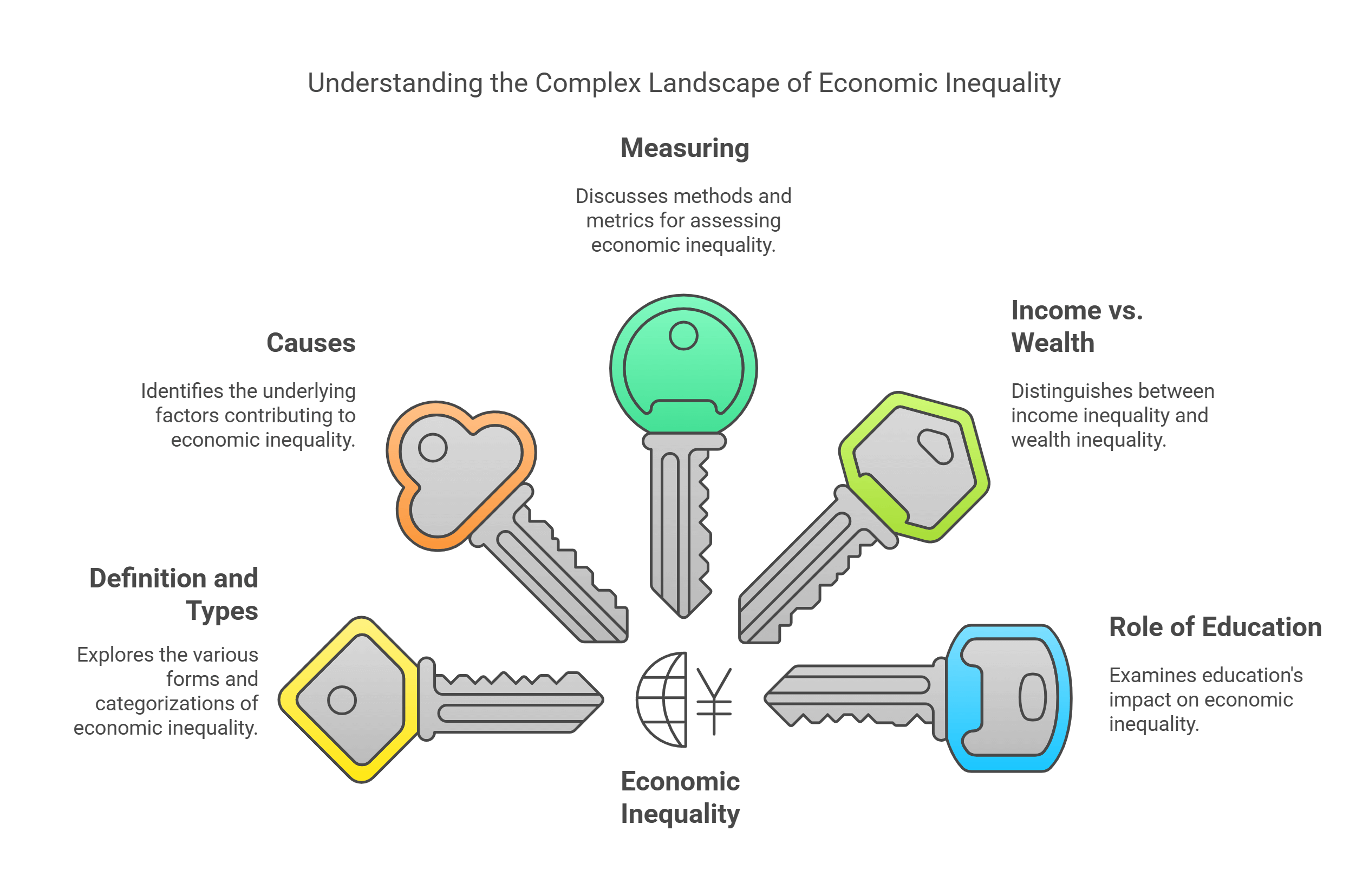
🔍 Detailed Explanations
1. Definition and Types of Economic Inequality
Economic inequality refers to disparities in the distribution of income, wealth, and access to resources among individuals or groups. It manifests in various forms and can shape societal dynamics.
- Types of Inequality:
- Income Inequality: Differences in earnings from employment, investments, and other sources.
- Wealth Inequality: Disparities in asset ownership, such as property, stocks, and savings.
- Opportunity Inequality: Unequal access to education, healthcare, and economic opportunities.
Example: In the U.S., the top 1% of earners control a significant portion of the nation’s wealth compared to the bottom 50%.
Explained Simply: Economic inequality is like a pie where some people get large slices while others receive only crumbs.
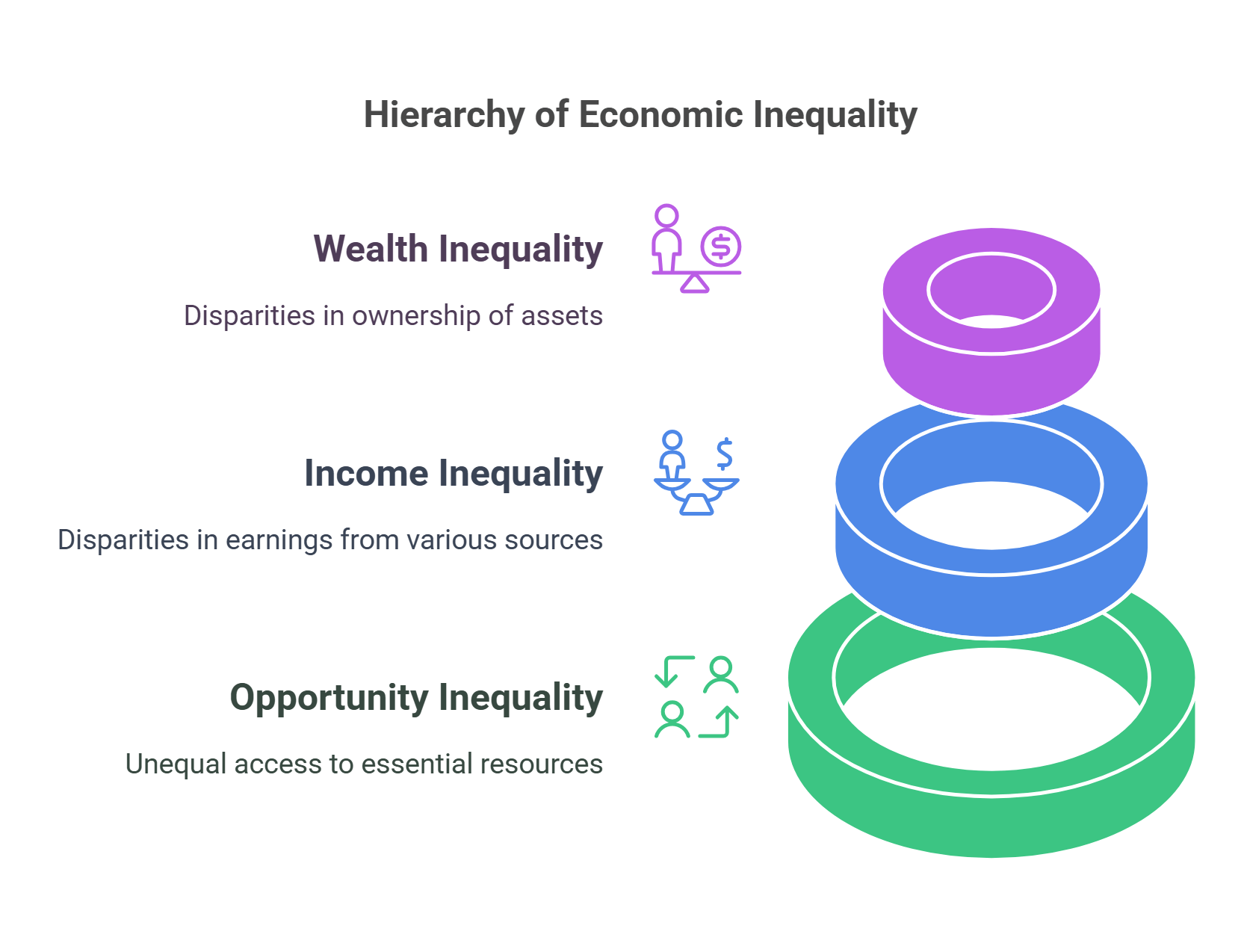
2. Causes of Economic Inequality
Economic inequality arises from a combination of structural, social, and economic factors. These causes can vary across countries and historical contexts.
- Structural Factors:
- Differences in access to quality education and healthcare.
- Economic policies favoring certain industries or demographics.
- Technological Advances:
- Automation and artificial intelligence reduce demand for low-skill labor while increasing rewards for high-skill jobs.
- Globalization:
- Shifts jobs to regions with lower labor costs, impacting local economies.
- Tax Policies:
- Lower taxes on capital gains compared to wages exacerbate wealth concentration.
Example: The rise of the tech industry has significantly increased earnings for skilled workers while displacing lower-skilled labor.
Explained Simply: Economic inequality often stems from systems that favor some groups over others, creating gaps in wealth and opportunity.
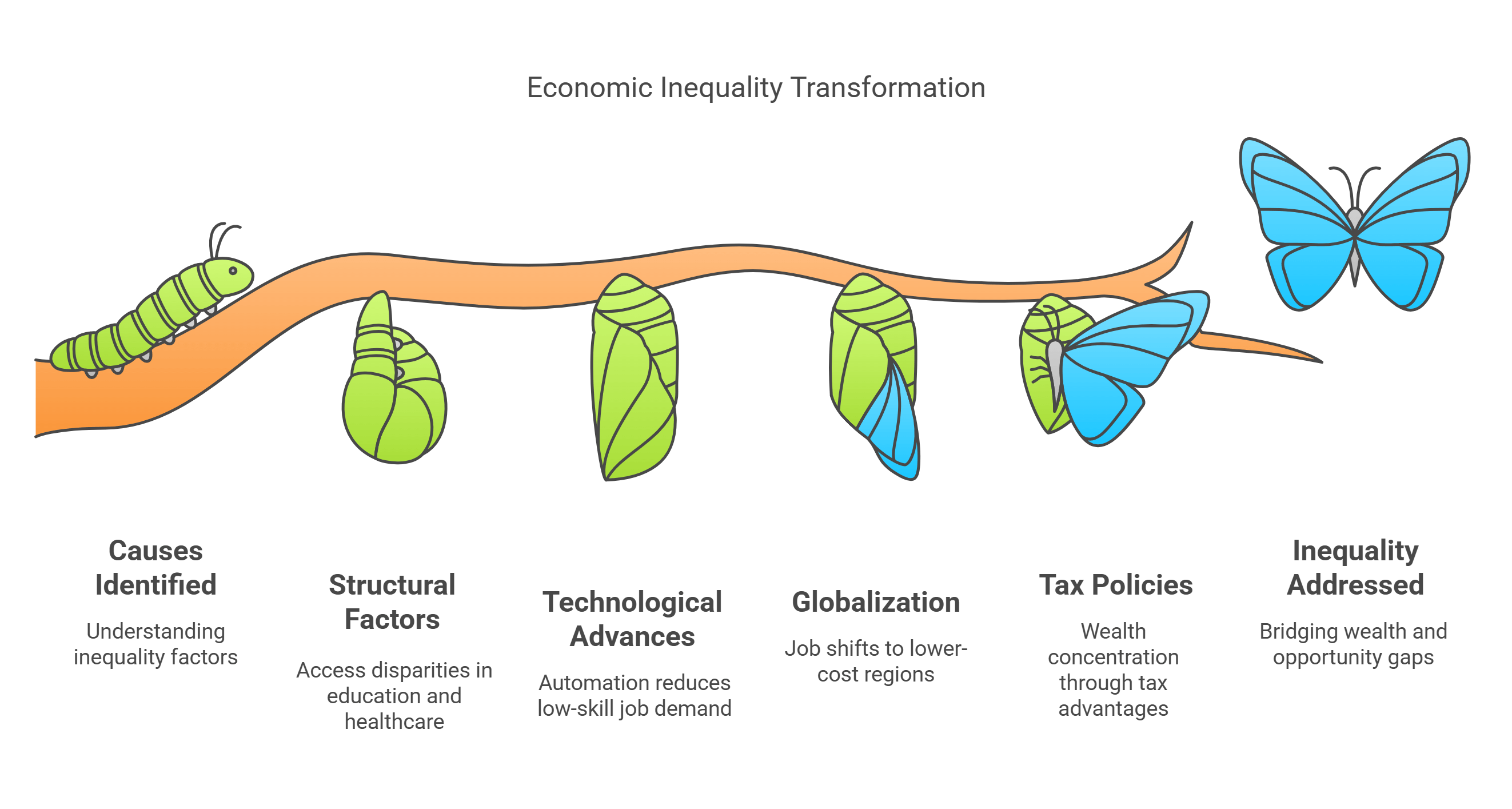
3. Measuring Economic Inequality
Measuring economic inequality helps policymakers and researchers understand its extent and impact.
- Key Metrics:
- Gini Coefficient: Ranges from 0 (perfect equality) to 1 (maximum inequality).
- Palma Ratio: Compares the income share of the top 10% to the bottom 40%.
- Lorenz Curve: Graphically represents income distribution within a population.
- Applications:
- Identifying regions or sectors with high inequality.
- Evaluating the effectiveness of policy interventions.
Example: Nordic countries generally have lower Gini coefficients, reflecting more equitable income distribution.
Explained Simply: Measuring inequality is like using a ruler to see how unevenly wealth and income are spread.
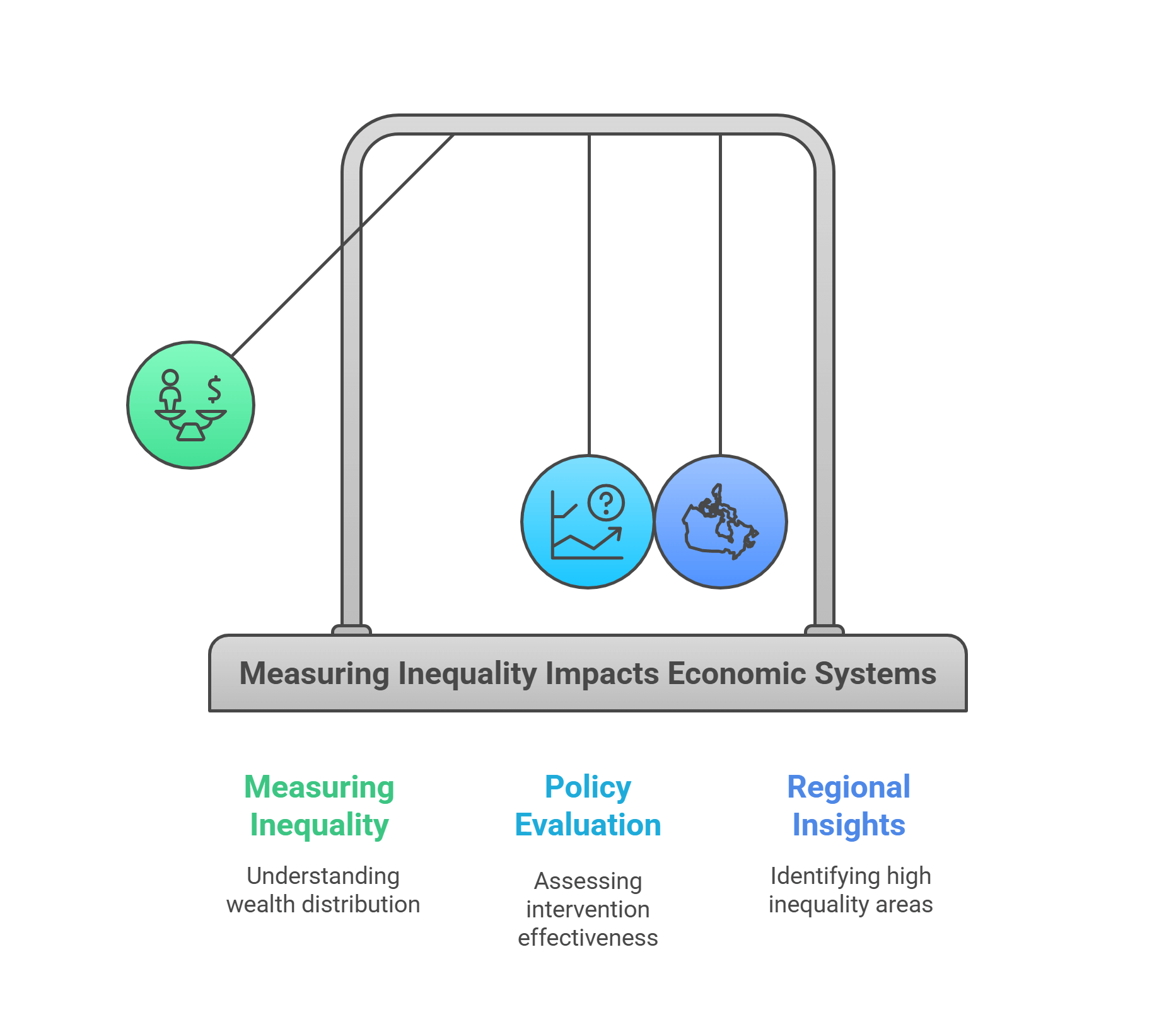
4. Income Inequality vs. Wealth Inequality
Income inequality and wealth inequality, though related, refer to distinct aspects of economic disparity.
- Income Inequality:
- Focuses on disparities in earnings from wages, salaries, and investments.
- Example: CEOs earning millions while workers earn minimum wage.
- Wealth Inequality:
- Involves differences in accumulated assets, such as property and savings.
- Example: A family owning multiple properties versus another with no assets.
- Interconnection: Wealth inequality often amplifies income inequality, as wealth generates additional income through investments.
Explained Simply: Income inequality is about how much people earn, while wealth inequality is about what they own.
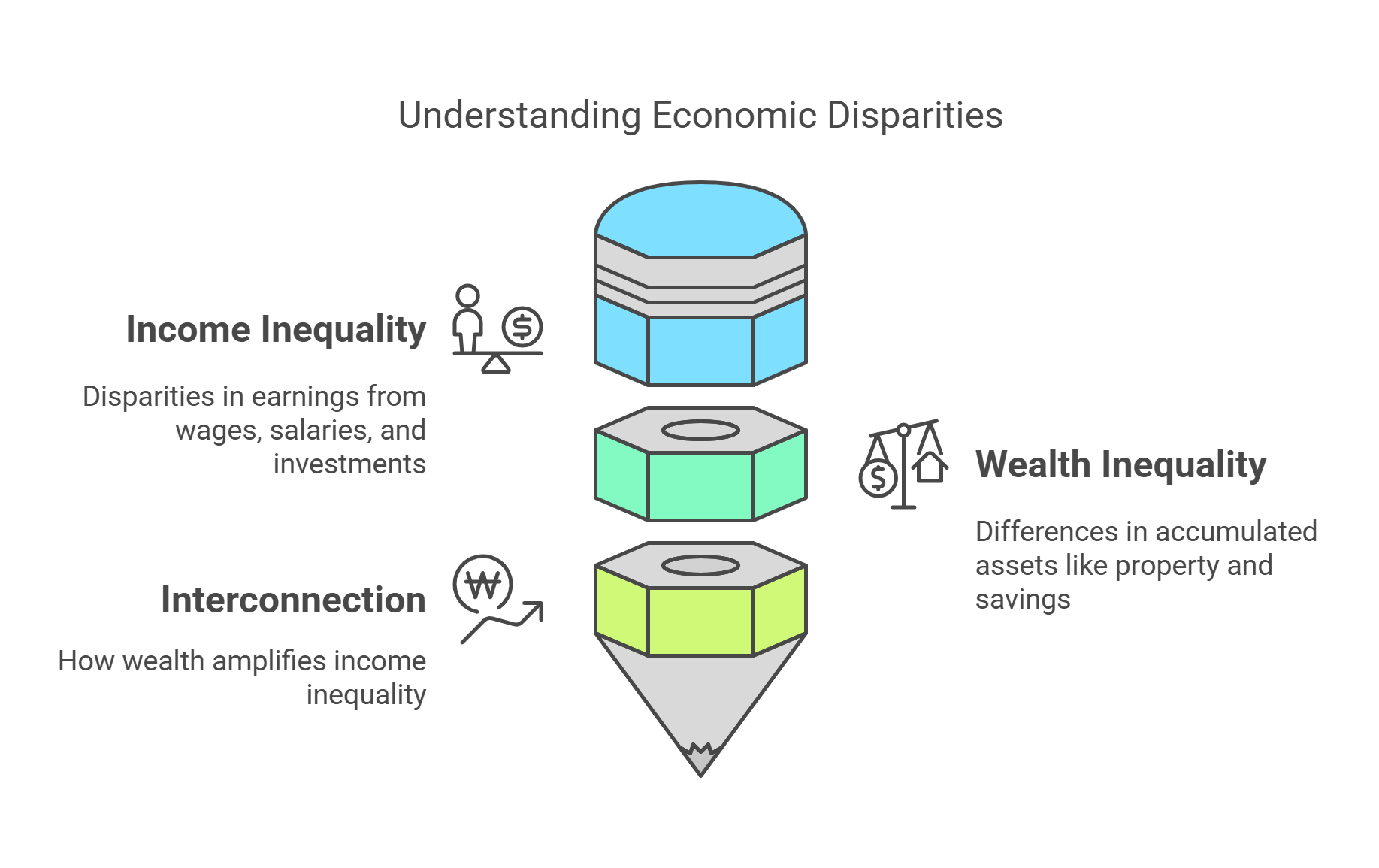
5. Role of Education in Economic Inequality
Education plays a critical role in shaping economic outcomes and addressing inequality. Access to quality education can level the playing field, while disparities in education often perpetuate inequality.
- Barriers to Access:
- Unequal funding for schools in low-income areas.
- High costs of higher education limit opportunities for marginalized groups.
- Impact on Earnings: Higher education levels typically correlate with higher income and job stability.
- Policy Solutions: Expanding access to affordable education and vocational training.
Example: Finland’s equitable education system minimizes disparities and promotes social mobility.
Explained Simply: Education is like a ladder; some people have access to strong, tall ladders, while others are left with broken rungs.
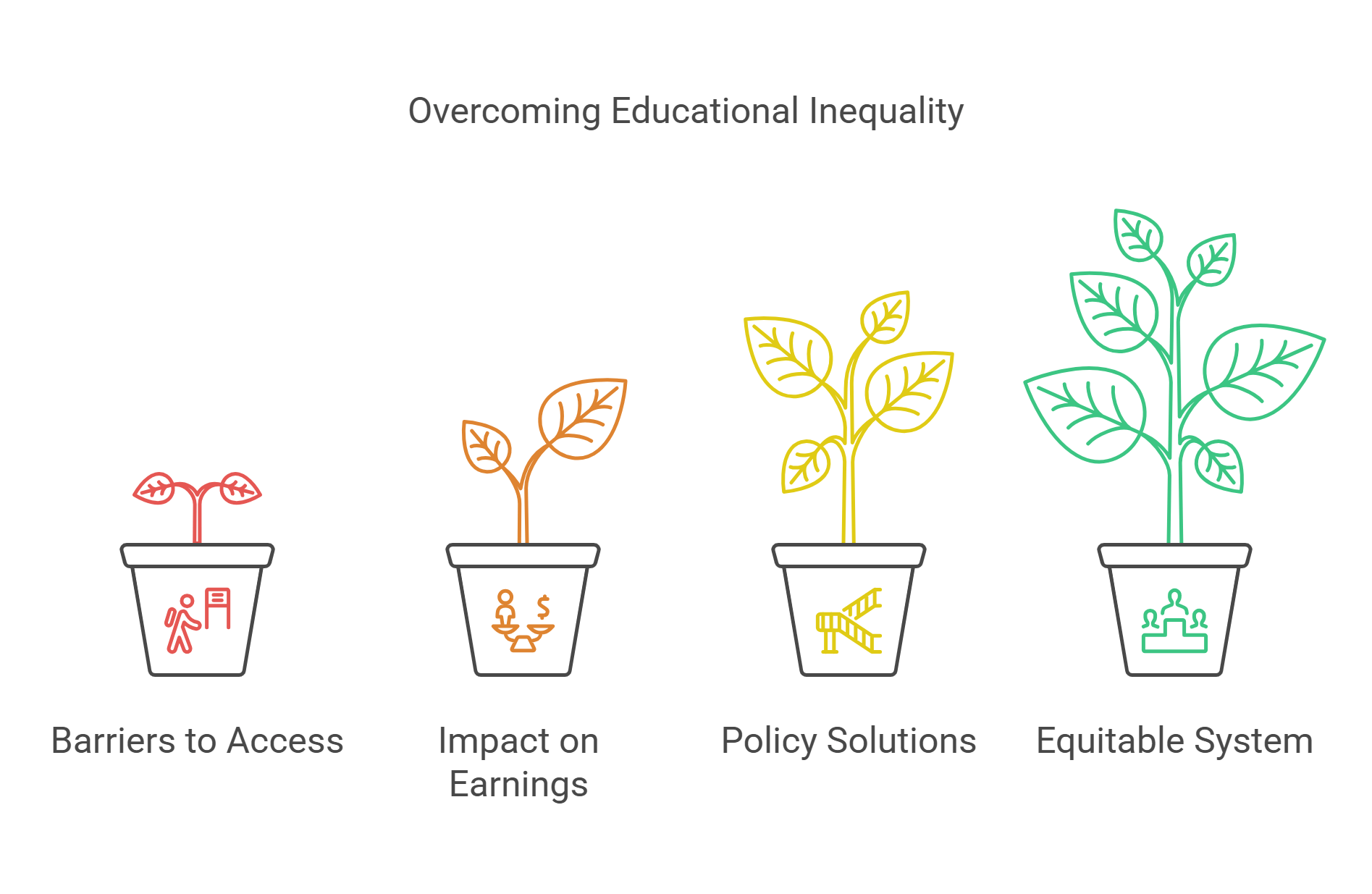
6. Gender and Racial Inequality
Economic inequality is often compounded by gender and racial disparities, limiting opportunities for affected groups.
- Gender Inequality:
- Women earn less than men for the same work in many industries (e.g., gender pay gap).
- Unequal representation in leadership roles exacerbates income disparities.
- Racial Inequality:
- Systemic racism limits access to quality education, housing, and employment.
- Example: Redlining practices in the U.S. historically excluded Black communities from homeownership opportunities.
- Intersectionality: Overlapping identities (e.g., women of color) face compounded inequalities.
- Solutions: Enforcing equal pay laws and promoting diversity in hiring practices.
Explained Simply: Gender and racial inequality are like extra hurdles that make it harder for some groups to achieve economic success.
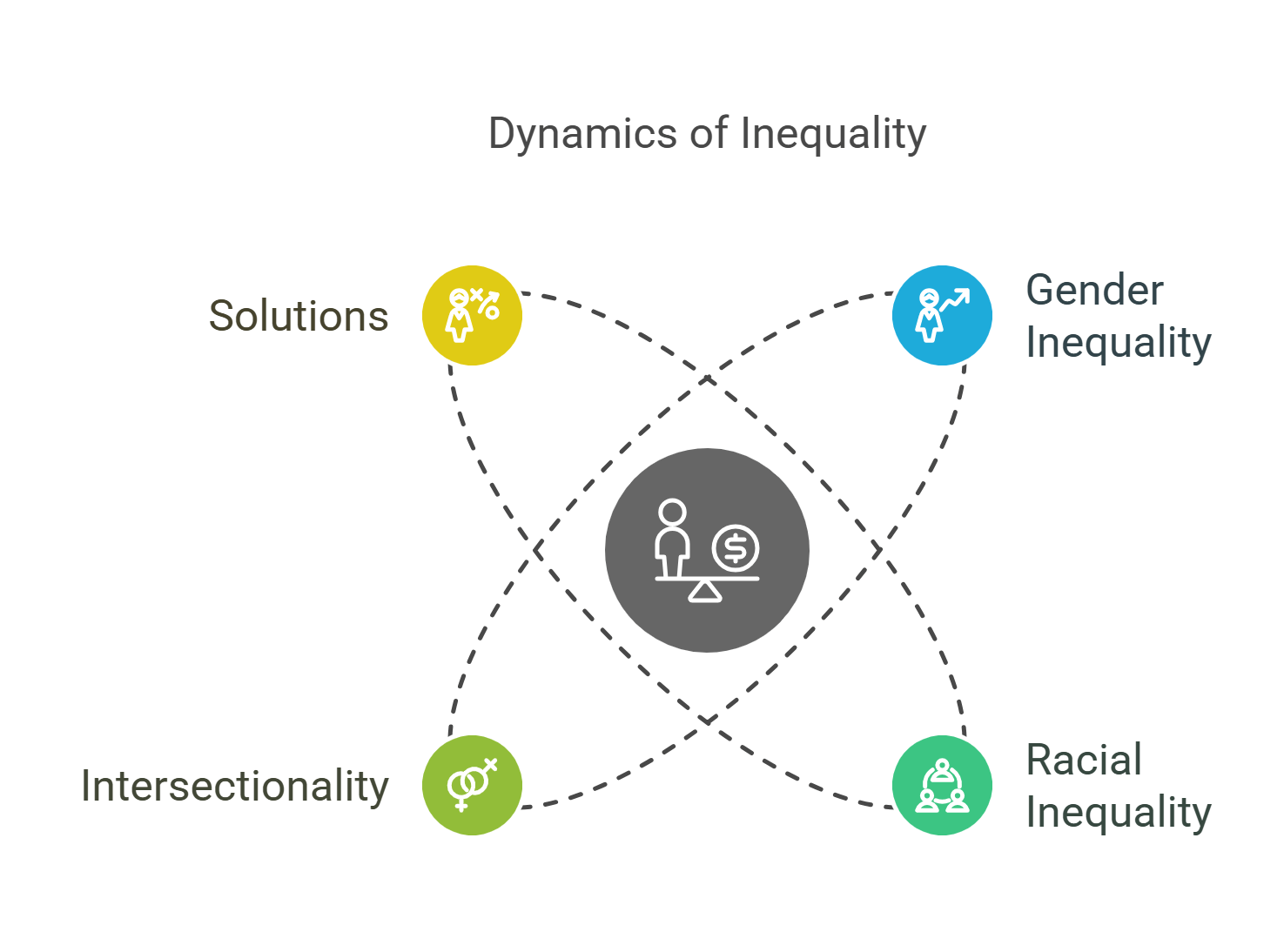
7. Economic Mobility
Economic mobility refers to the ability of individuals or families to move up or down the economic ladder over time. High mobility indicates a fairer society, while low mobility suggests entrenched inequality.
- Types of Mobility:
- Intergenerational Mobility: Changes in economic status between generations.
- Intragenerational Mobility: Economic changes within an individual’s lifetime.
- Factors Influencing Mobility:
- Quality of education, access to healthcare, and availability of jobs.
- Social networks and geographic location.
Example: Scandinavian countries have high intergenerational mobility due to strong social safety nets and equitable education systems.
Explained Simply: Economic mobility is like an elevator—some societies have elevators that work for everyone, while others leave many stuck on the ground floor.
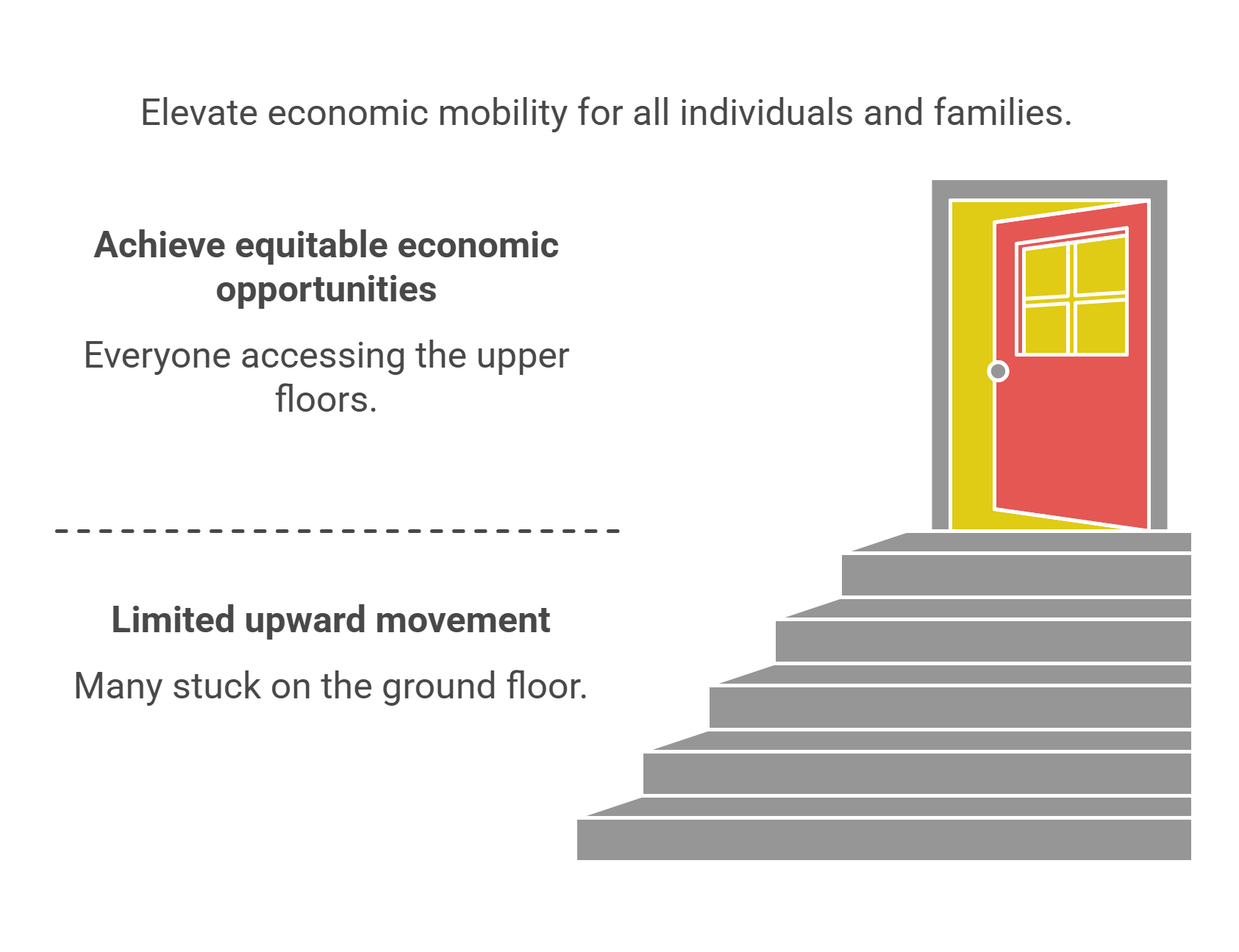
8. Consequences of Economic Inequality
Economic inequality affects not only individuals but also broader societal and economic systems. Its consequences are far-reaching and multifaceted.
- Social Consequences:
- Increased crime rates and social unrest.
- Erosion of trust within communities.
- Economic Consequences:
- Reduced consumer spending among lower-income groups.
- Slower economic growth due to lack of opportunities for a significant portion of the population.
- Political Consequences:
- Concentration of power among wealthy elites.
- Lower political participation among disadvantaged groups.
Example: Extreme inequality in Latin America has been linked to political instability and recurring protests.
Explained Simply: Economic inequality is like a crack in the foundation of society—if it widens, the structure becomes unstable.
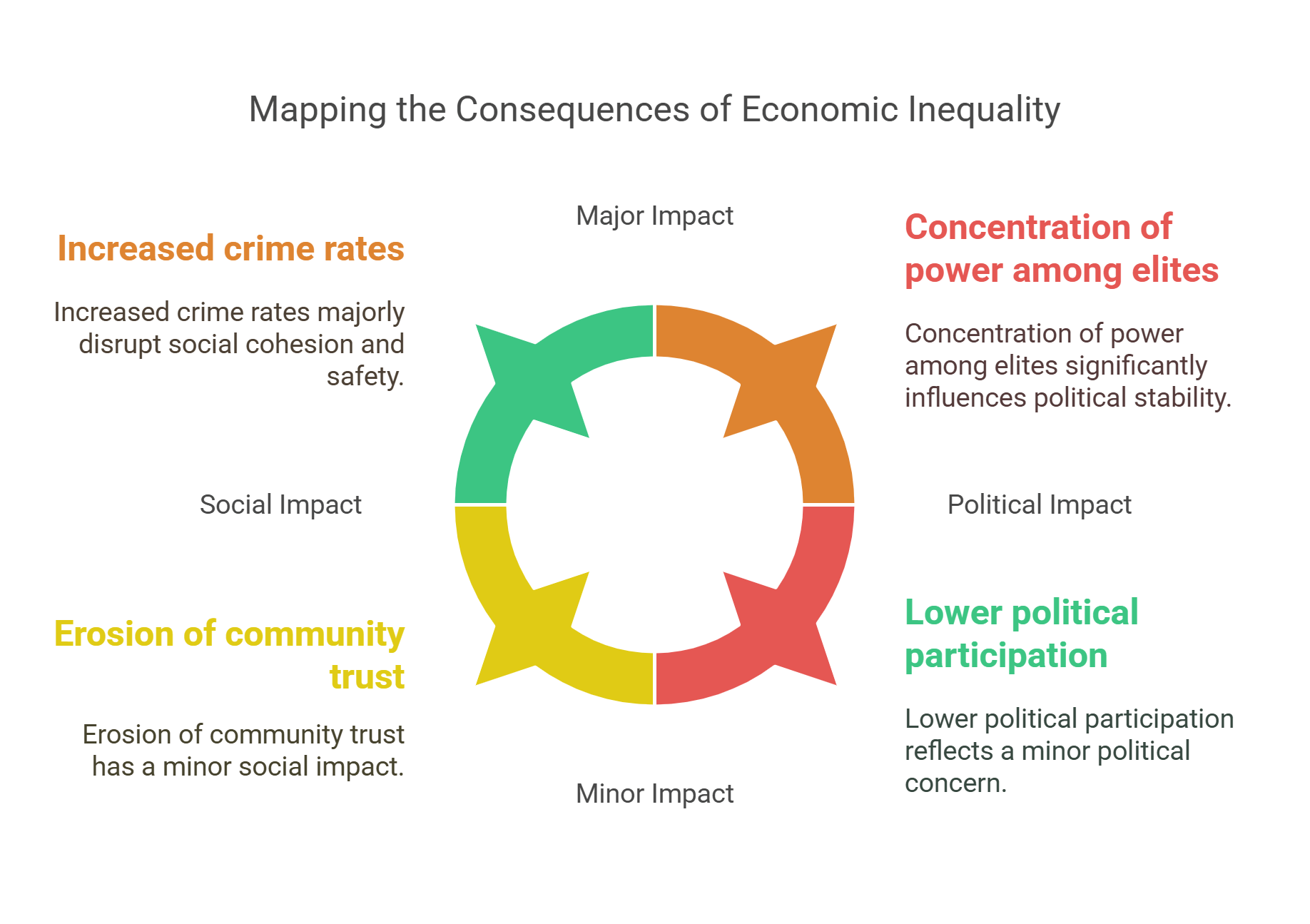
9. Policies to Address Economic Inequality
Effective policies can reduce economic inequality and promote fairness in wealth and income distribution.
- Tax Reforms:
- Progressive taxation to ensure higher earners contribute more.
- Closing loopholes that benefit the wealthy.
- Social Programs:
- Subsidies for healthcare, education, and housing.
- Unemployment benefits and food assistance programs.
- Minimum Wage Laws: Ensuring fair wages for low-income workers.
Example: Universal basic income experiments in countries like Finland have shown potential to reduce poverty and inequality.
Explained Simply: Policies addressing inequality are like tools to redistribute resources and create a level playing field for everyone.
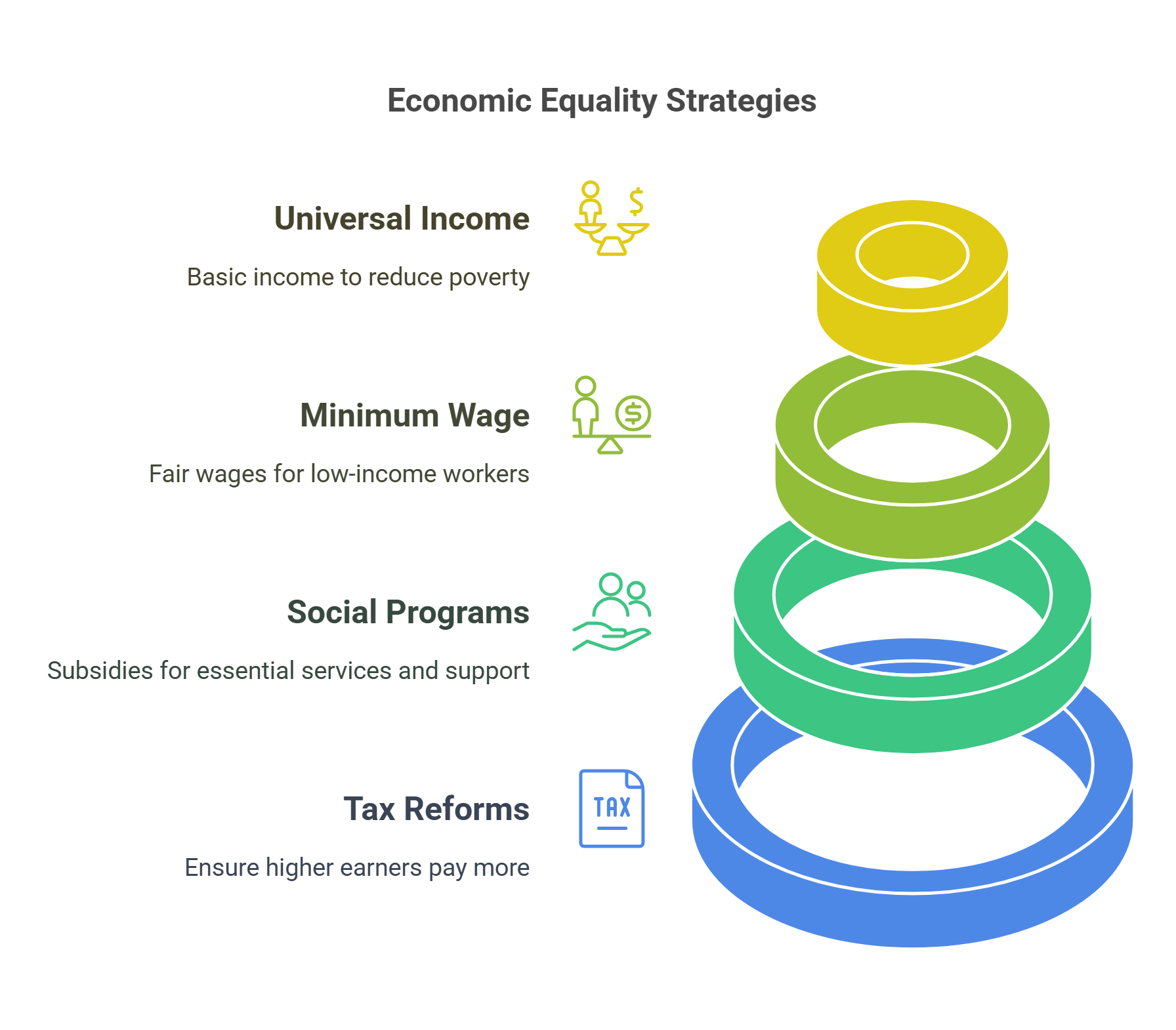
10. Global Economic Inequality
Economic inequality exists not only within countries but also between nations, often reflecting historical and geopolitical factors.
- Key Drivers:
- Colonial histories and exploitation of developing nations.
- Unequal access to global markets and trade opportunities.
- International Efforts:
- United Nations Sustainable Development Goals (SDGs) aim to reduce inequality globally.
- Foreign aid and development programs.
Example: Wealthier countries often dominate technological and financial sectors, leaving poorer nations dependent on aid.
Explained Simply: Global inequality is like a ladder with missing rungs for some nations, making it harder for them to climb.
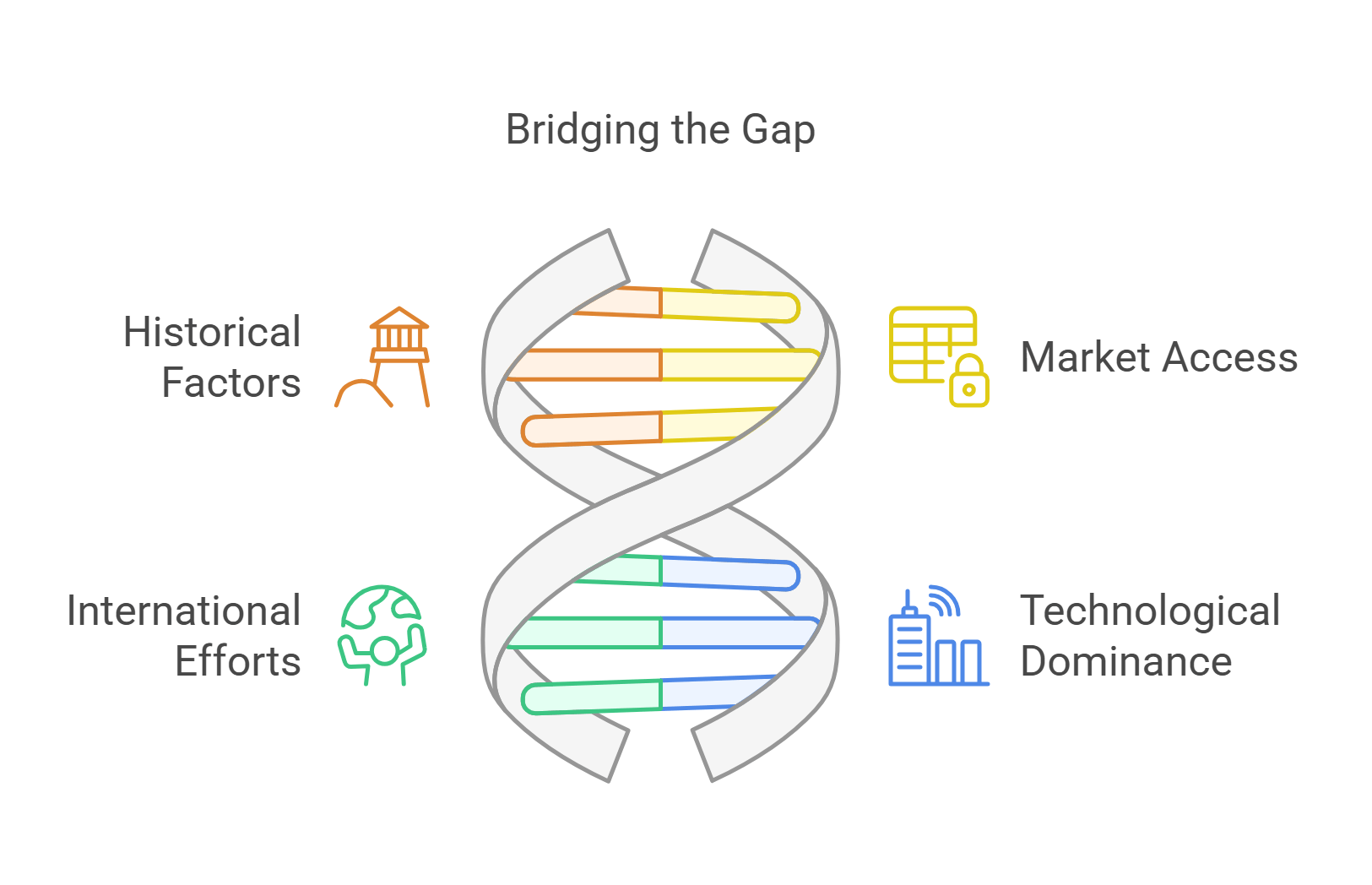
✨ Conclusion
Economic inequality is a complex and persistent challenge that affects individuals, societies, and nations. By understanding its causes, consequences, and potential solutions, readers can critically engage with RC passages on this topic. Addressing inequality requires a combination of systemic reforms, international cooperation, and innovative policies to create a fairer and more equitable world. 🌍










